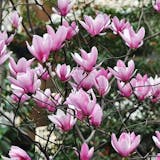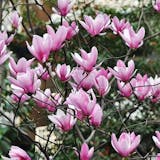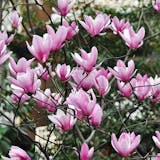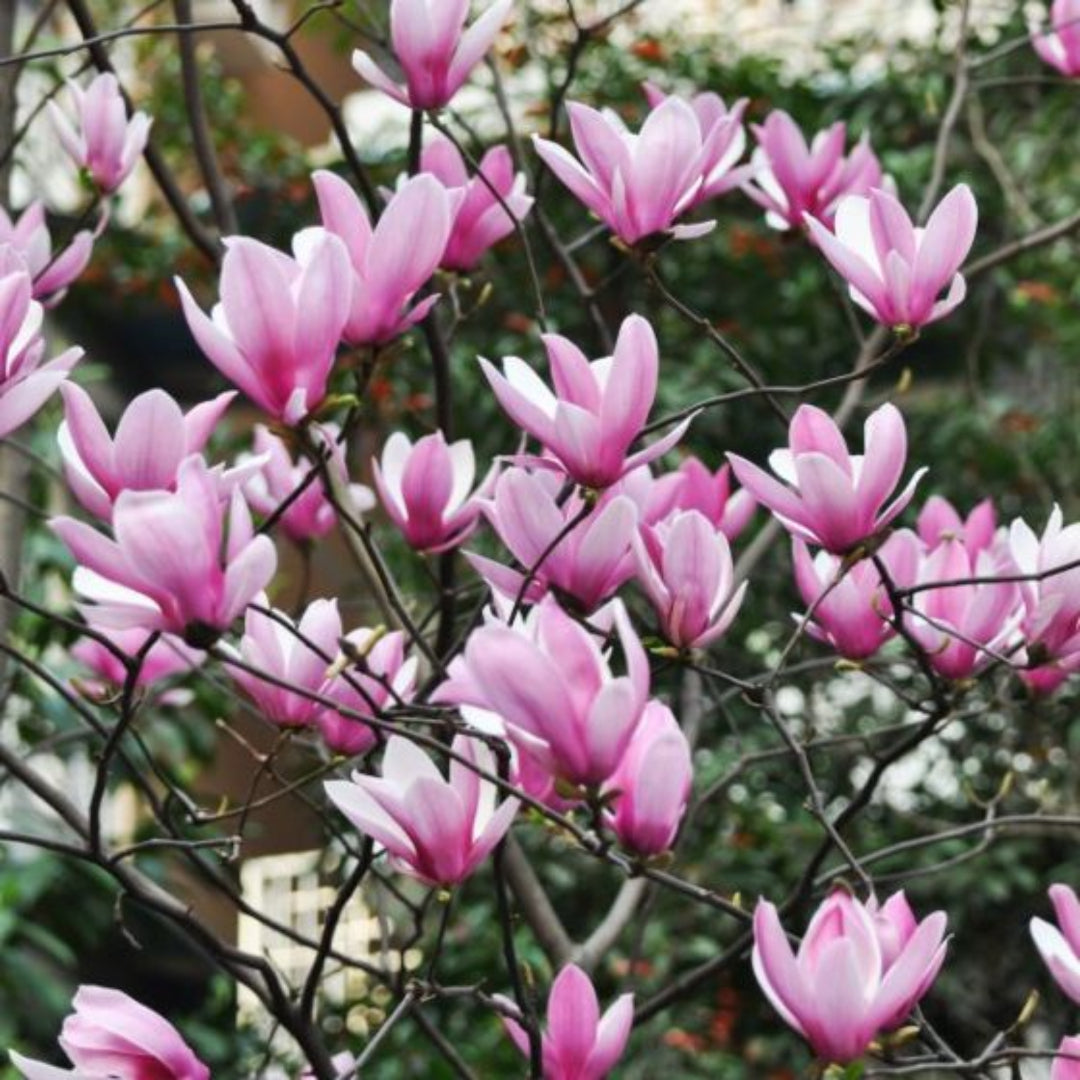
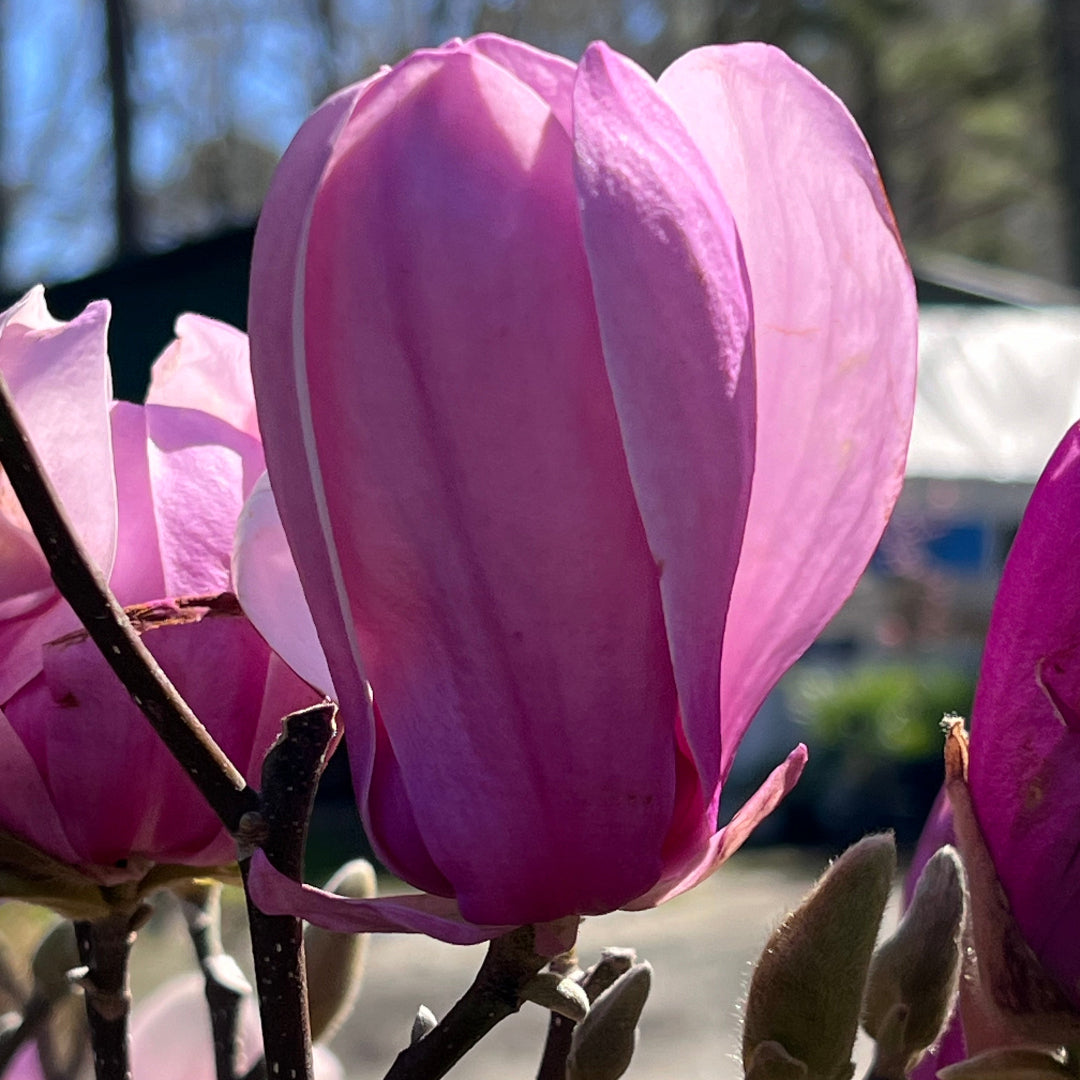
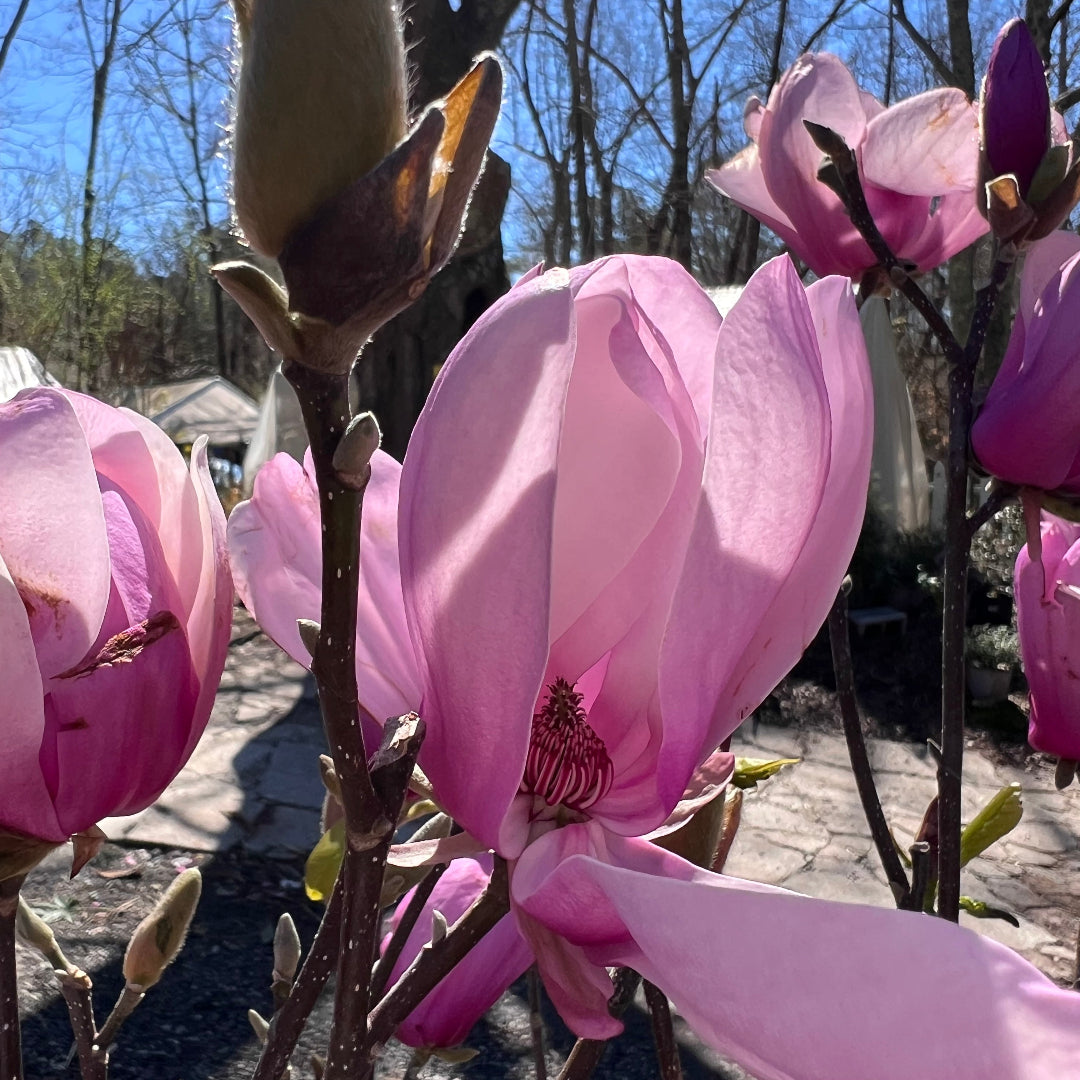

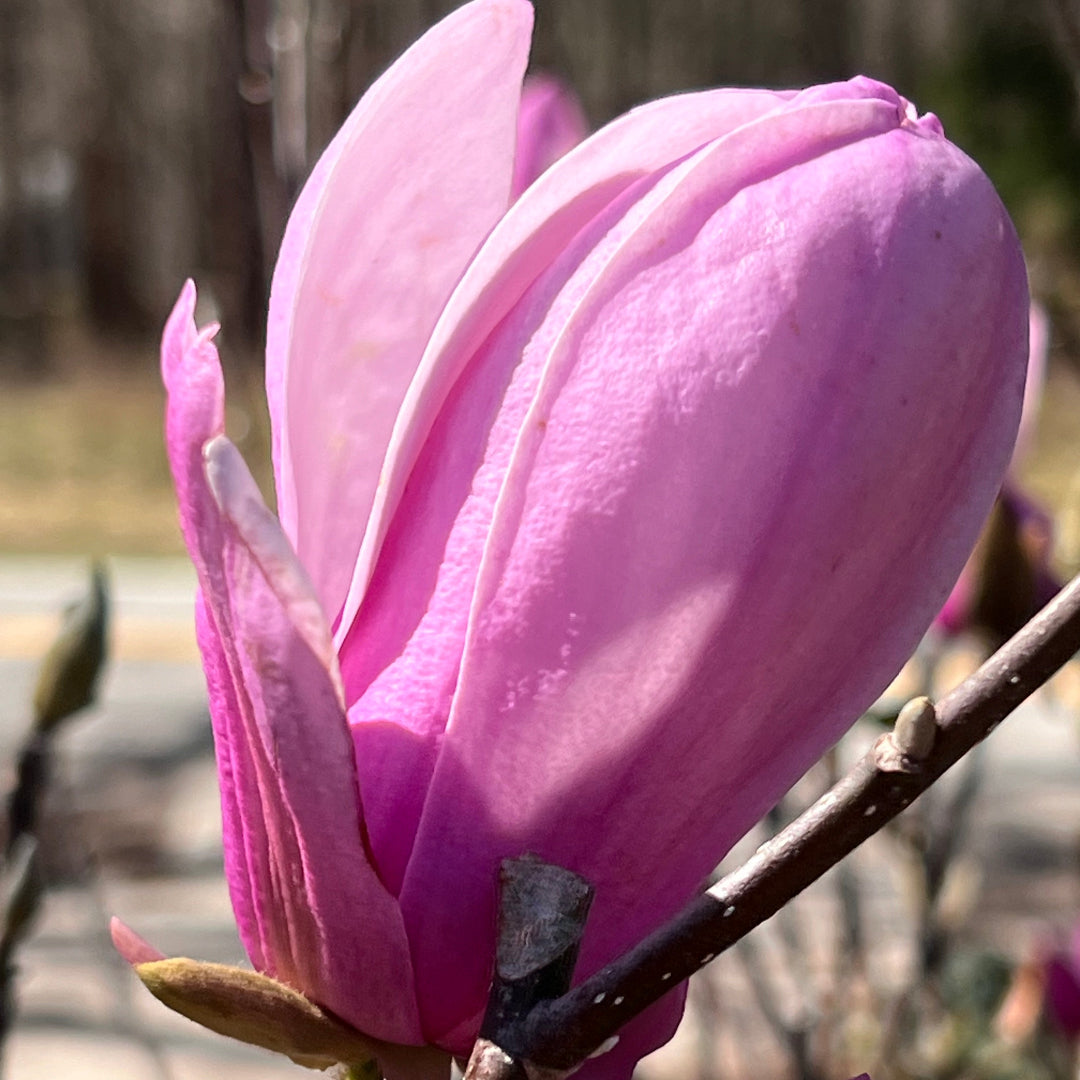


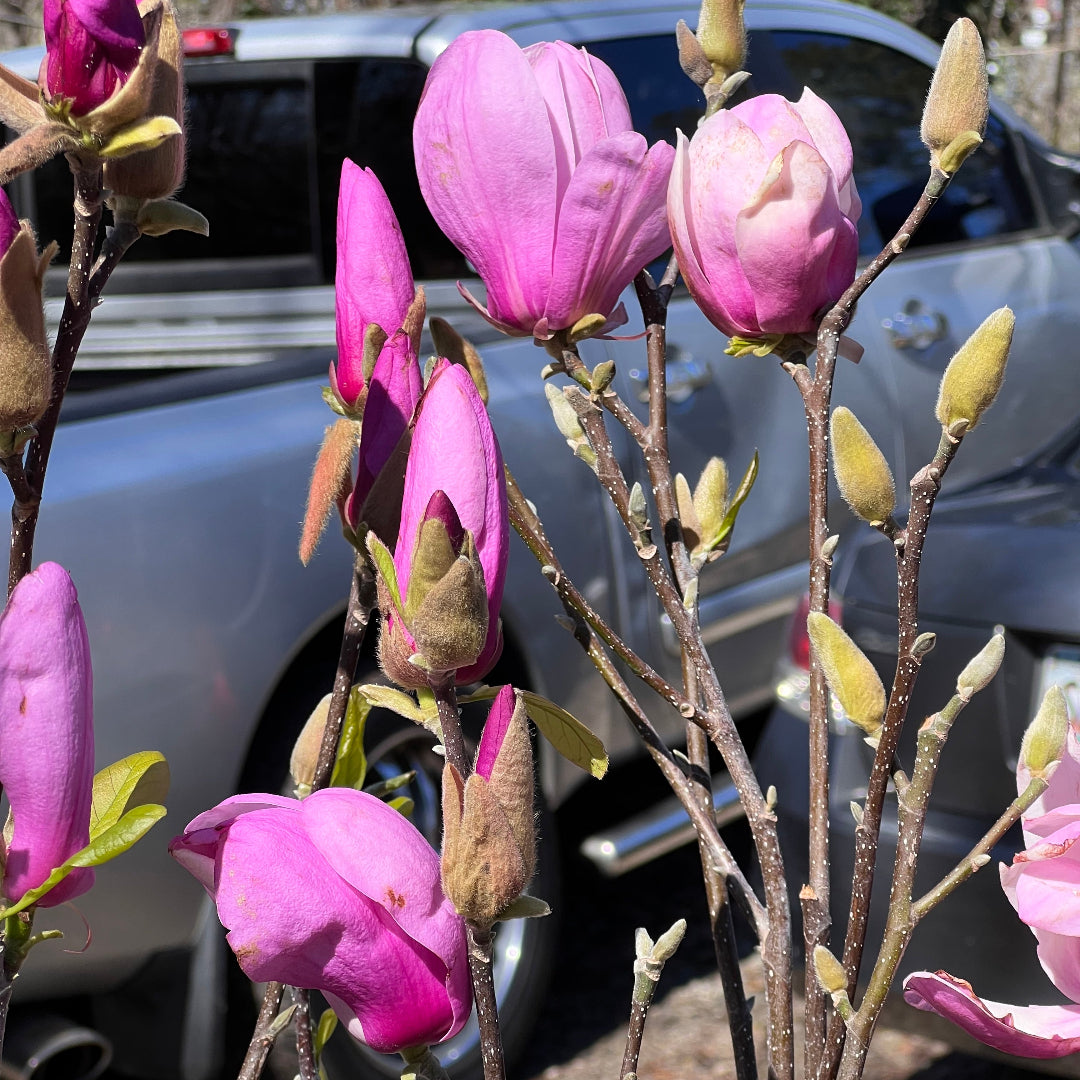

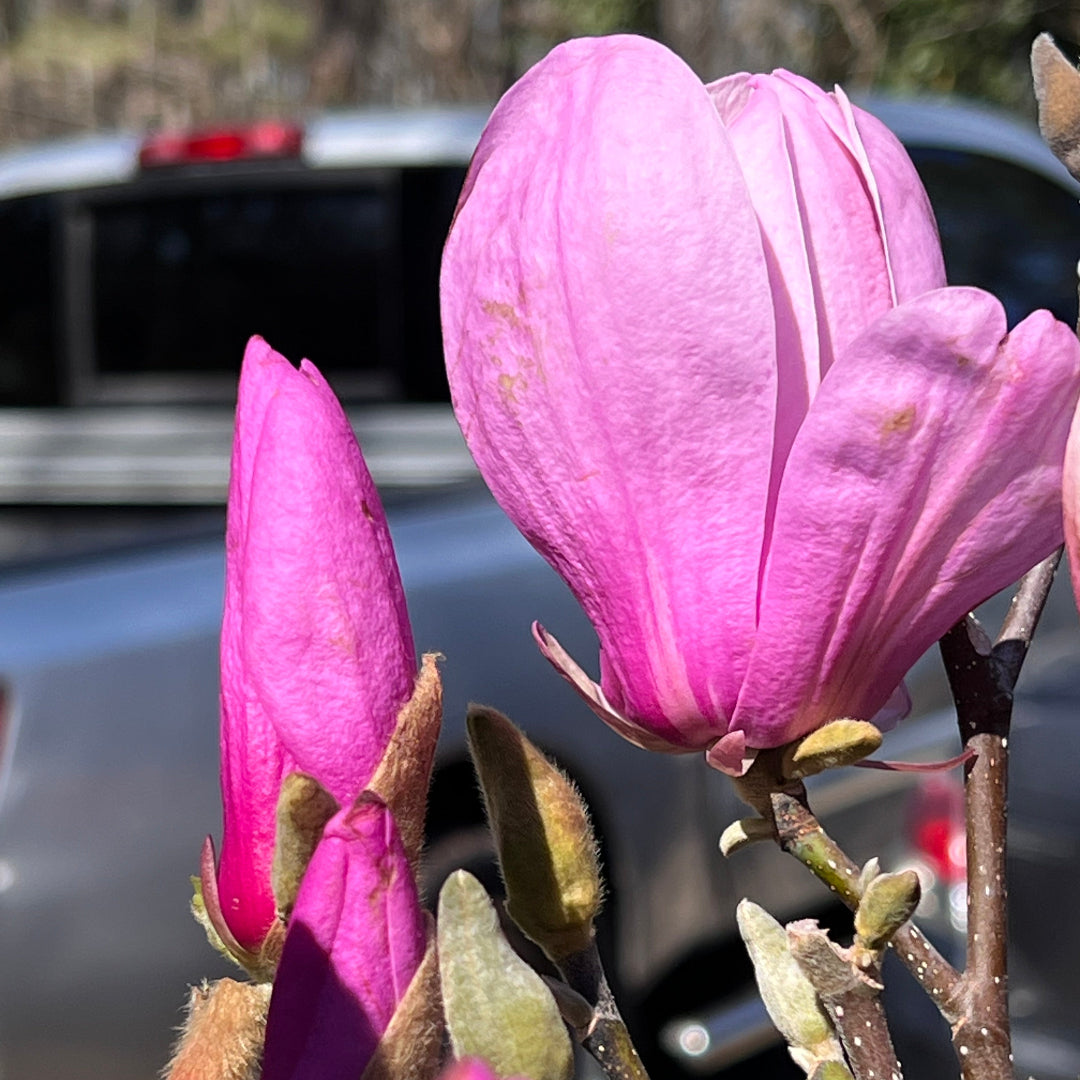
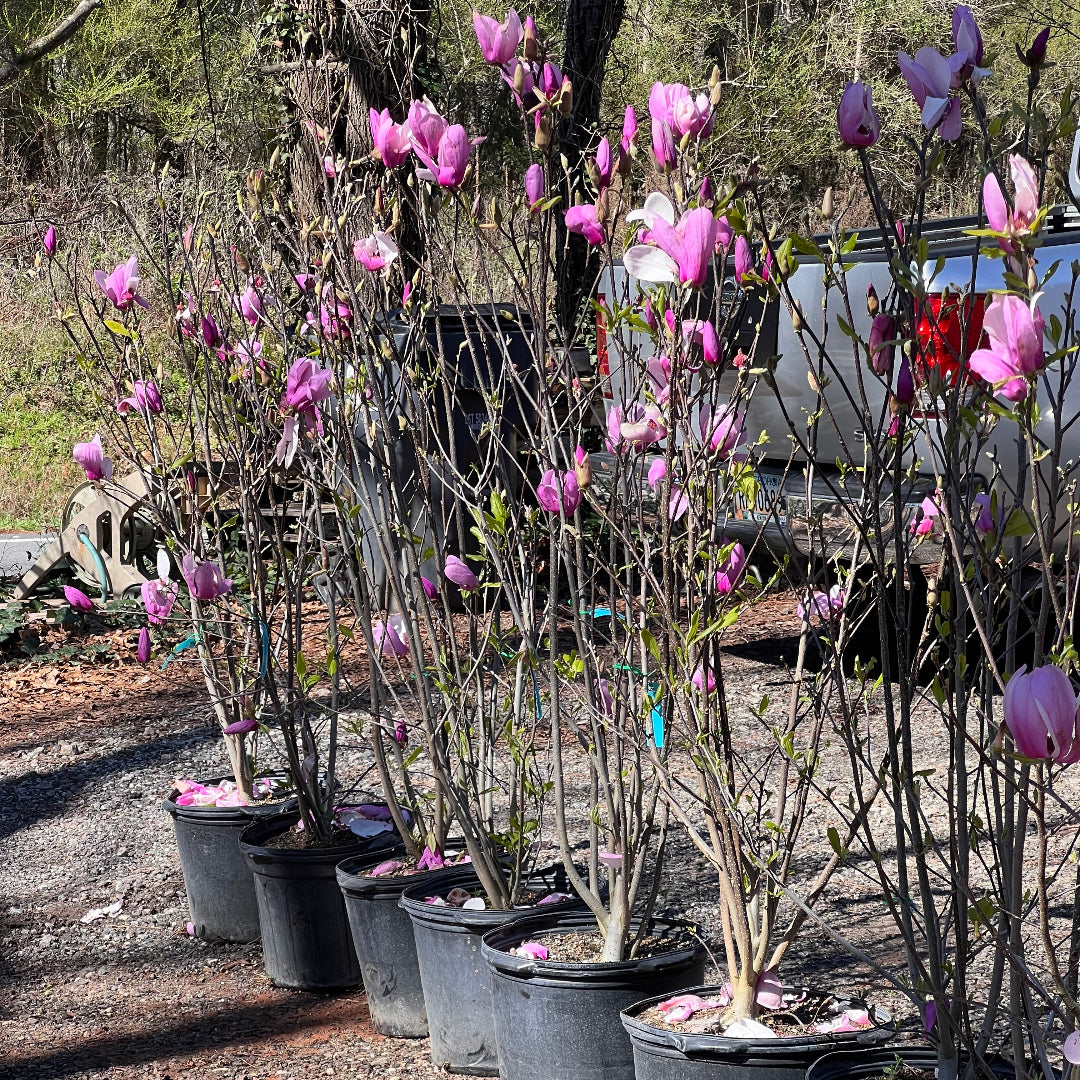
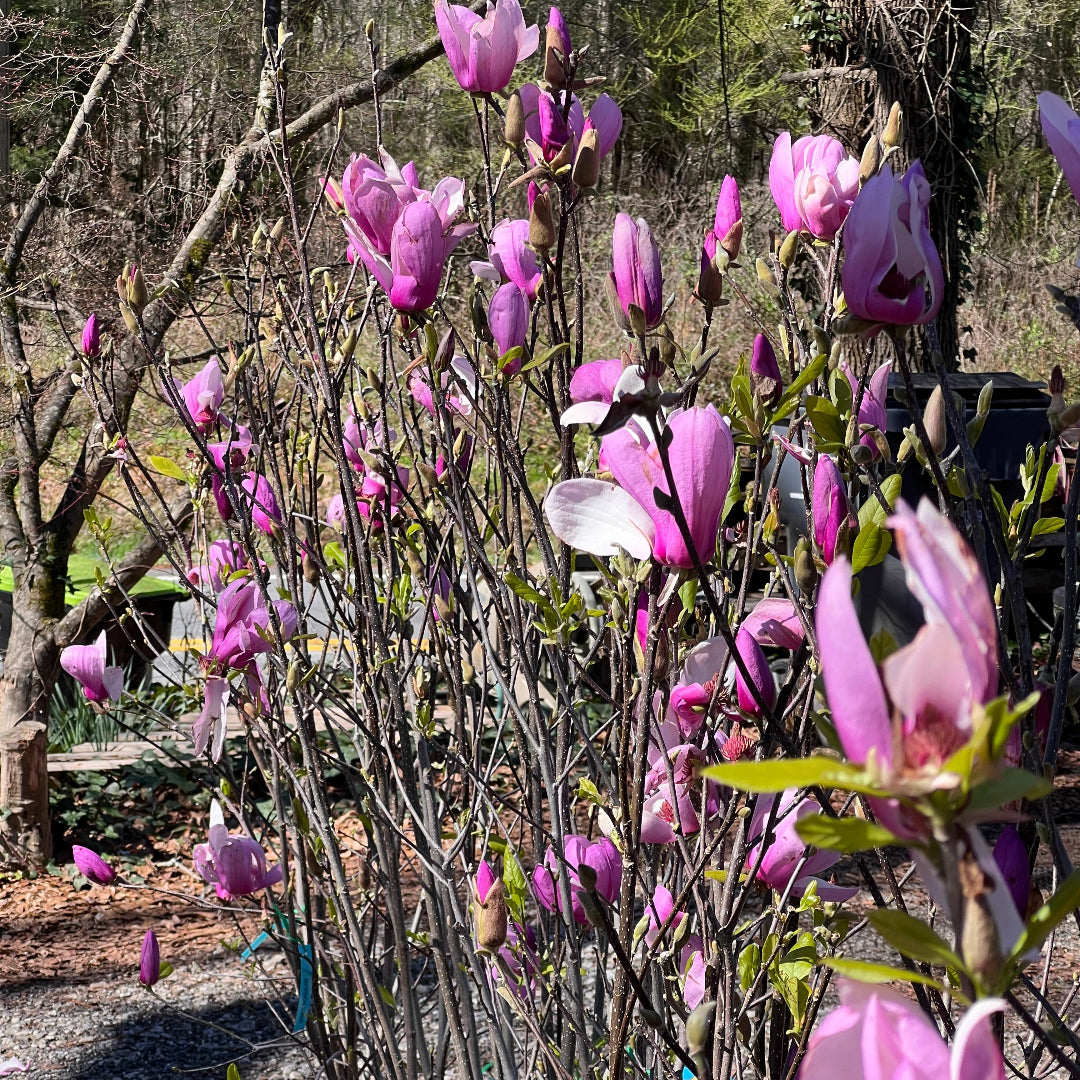


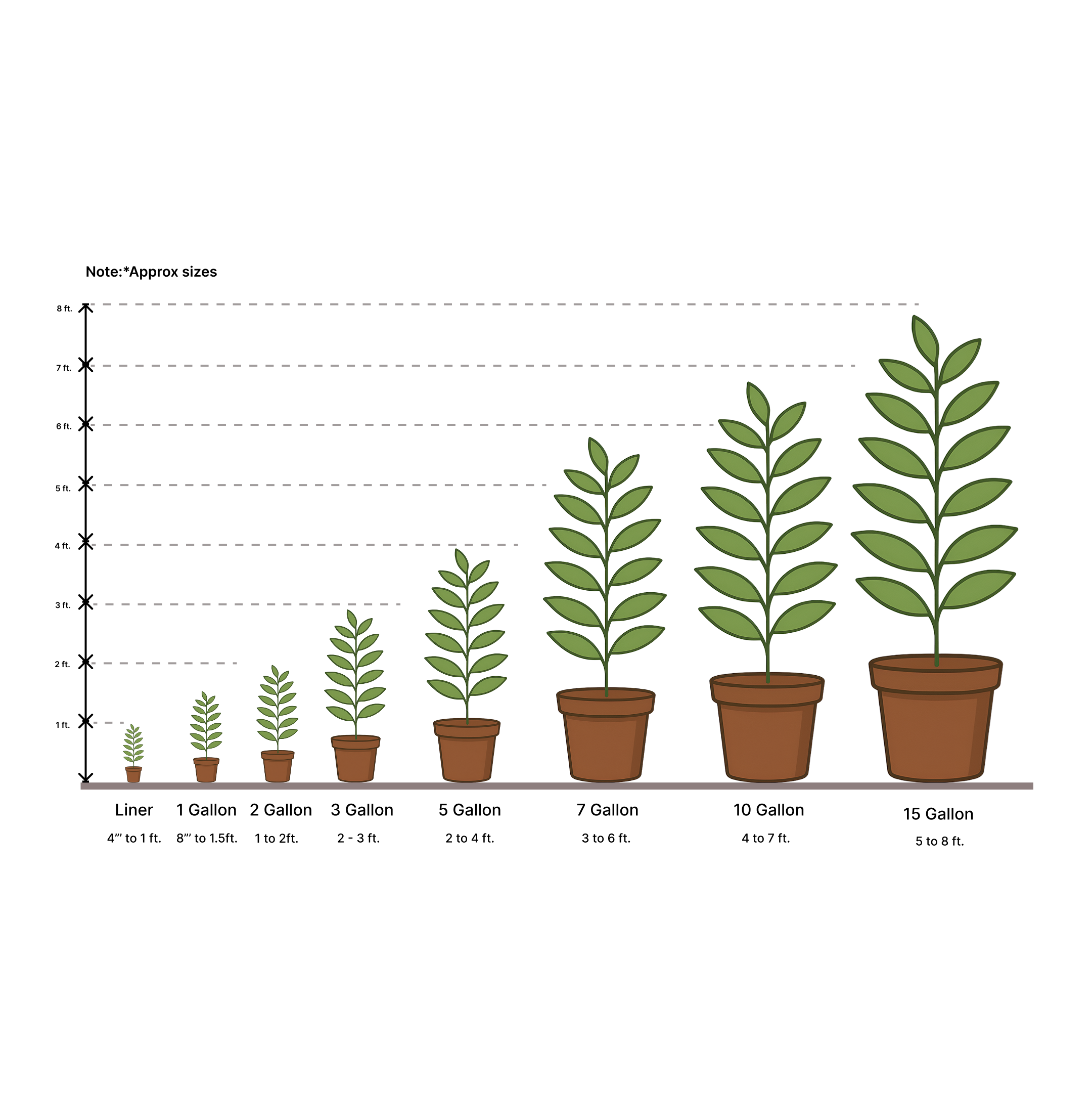
Product Details
Description
Zones

Plant Care Tips
Local search
Customer Service
Pixies Gardens
2024 Mcdaniel Mill Road Conyers GA 30094
Email: cs@pixiesgardens.com
Frequently Asked Questions
What is a Jane Magnolia Tree?
Jane Magnolia is a deciduous tree admired for its large, tulip-like flowers in rich pink to purple hues with creamy white centers. It’s a hybrid magnolia that combines beauty and cold tolerance, making it a favorite in home landscapes.
How large does the Jane Magnolia Tree get in height and width?
The Jane Magnolia typically grows to a mature height of 10–15 feet with a spread of 8–10 feet. Its compact size makes it an excellent choice for small yards, foundation plantings, or accent spots in the garden.
When does the Jane Magnolia Tree bloom?
This tree blooms in early to mid-spring, often before its leaves fully emerge. It may also bloom lightly again in summer. These large, fragrant blooms bring a striking accent to the spring landscape.
What sunlight does the Jane Magnolia need?
Jane Magnolia Trees grow best in full sun to partial shade. To support healthy growth and abundant blooms, provide a minimum of 6 hours of direct sunlight each day.
Is the Jane Magnolia Tree cold hardy?
Yes, this variety is cold-hardy and well-suited for USDA Zones 4 through 8. It was specifically bred to tolerate lower temperatures while still delivering spectacular spring blooms.
Can I grow the Jane Magnolia Tree in a container?
While it’s best planted in the ground, young Jane Magnolia trees can be grown in large containers for a few years. Use well-draining soil and ensure the pot receives plenty of sun. Once it outgrows the pot, transplant it to a permanent outdoor location.
How do I care for Jane Magnolia during the year?
Keep the soil evenly moist but not soggy, especially during dry spells. Apply mulch around the base to retain moisture and suppress weeds. Prune lightly after blooming to maintain shape and remove dead or crossed branches.
Does the Jane Magnolia attract pollinators?
Yes! The fragrant spring flowers attract bees and other beneficial pollinators, making it a great addition to pollinator-friendly gardens.




















